All Day At The Perth Zoo
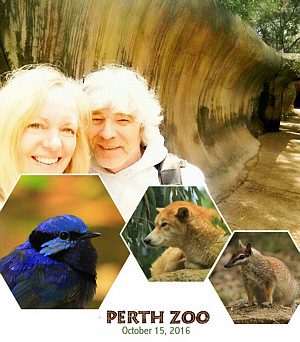
An entire day at the Perth Zoo!
Normally when we go to the Zoo, we go on a Sunday after church.
That usually makes our time at Perth Zoo rushed and we don’t get to see everything we want. This time, we went on a Saturday. They weren’t calling for the greatest of weather, and frankly, I think we both needed a break from hunting orchids in the rain.
Our hope was that the weather would ensure us frisky animals and even lighting for our photography. On this day, this was mostly the case. Since I have blogged more than a few visits at the zoo, I will choose only a few select photos of our day.
The rain helped us decide to start in the Reptile house, which is usually the way we go anyway.

The dugite /?dju??a?t/ is a species of venomous, potentially lethal, snake native to Western Australia, a member of the family Elapidae. The local Nyungar name for the dugite is dobitj.

The common death adder (Acanthophis antarcticus) is a species of death adder native to Australia. It is one of the most venomous land snakes in Australia and globally.

Black-necked Stork. Ephippiorhynchus asiaticus. Habitat destruction through the filling in of wetlands and swamps is a threat to the Black-necked Stork
population.

Yellow-legged Spoonbill. Platalea flavipes. Yellow-billed Spoonbills are threatened by the destruction of wetland breeding sites.

Splendid Fairy Wren. Malurus splendens. In the wild: Breeding takes place mainly from September to January. When looking for a mate, the male Splendid Fairy Wren turns an iridescent blue.
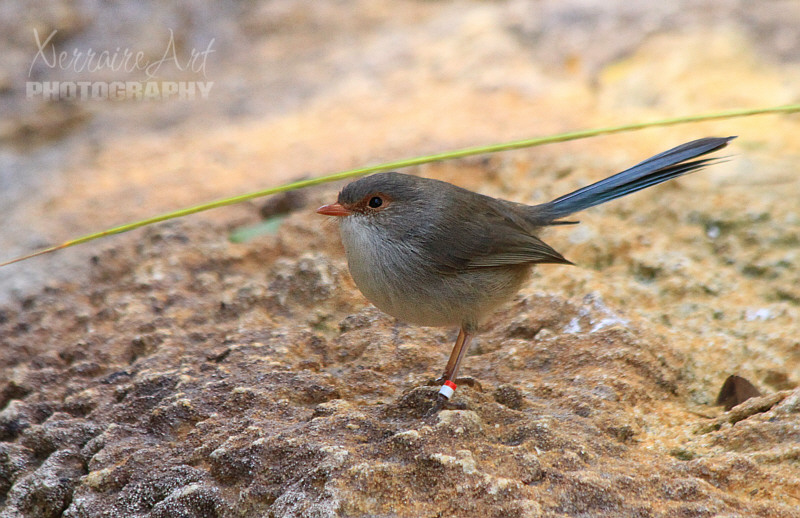
Male and female Splendid Fairy Wrens have different coloured feathers. Males are mostly blue with a black band across their back and head. Females are a brown, fawny colour with a blue tail.
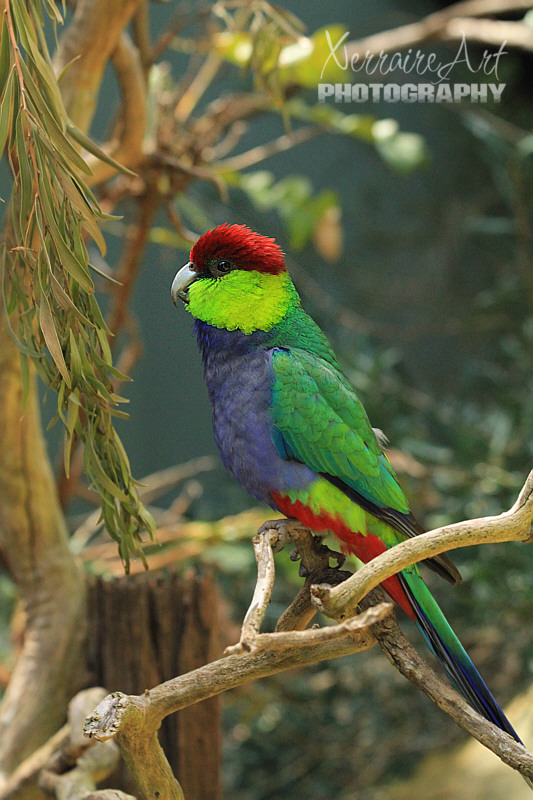
Red-capped Parrot (Purpureicephalus spurius) was successful in stealing the show this day. Normally I am focused on the wrens.
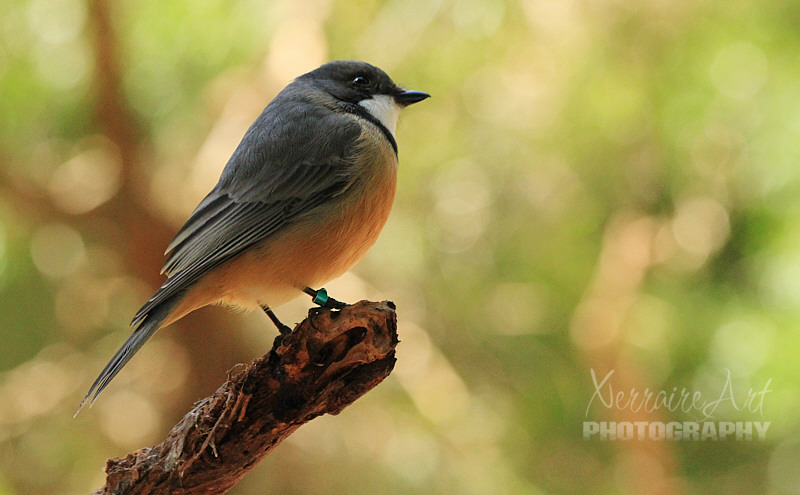
The rufous whistler is a species of whistler found in New Caledonia, Papua New Guinea, and throughout Australia. Predominantly a reddish-brown and grey bird, it makes up for its subdued plumage with its song-making ability. It didn’t sing today, but I have heard it before and I was stunned at how beautiful it was.
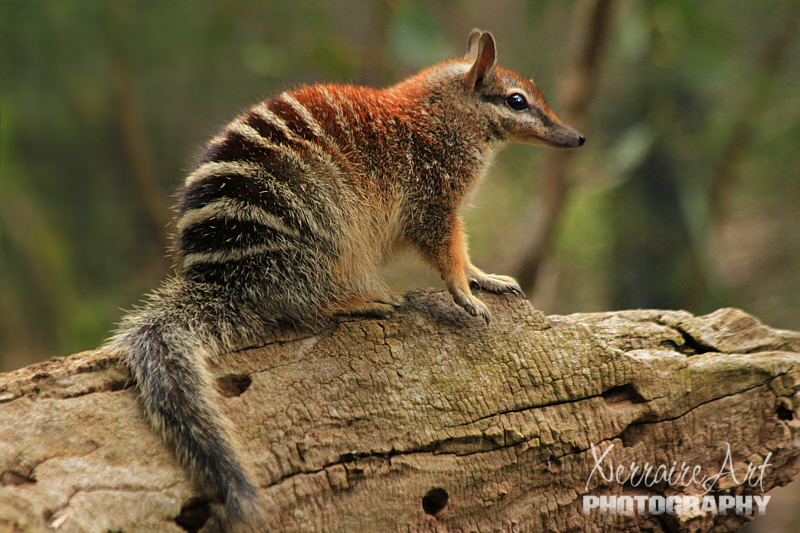
One of John’s favorites, the Numbat, Myrmecobius fasciatus. Today it was my favorite too. She had just been fed and let us see a lot of her. We also happened to be in there with a group from Project Numbat.
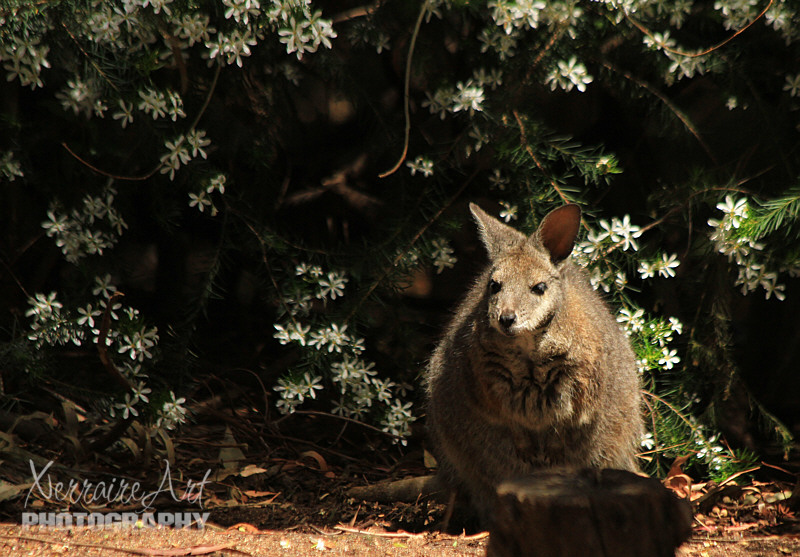
Tammar Wallaby (Macropus eugenii) by the wedding bush. Did you know? Wallabies found on the Houtman Abrolhos Islands and Garden Island are able to drink sea water.
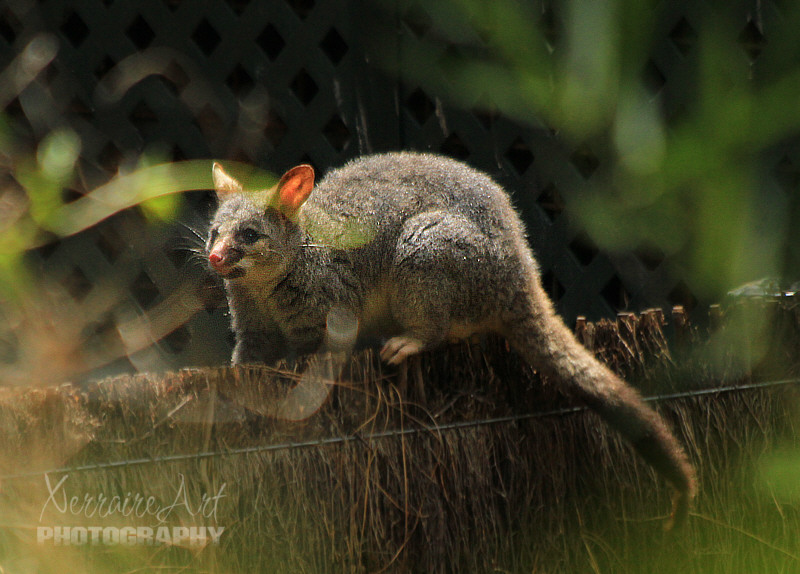
So, not part of the zoo, but IN the zoo, was an Australian Possum. Kind of unusual, as Possums are largely nocturnal, spending the majority of the daytime asleep in hollows and similar refuges and emerging after sunset to feed.
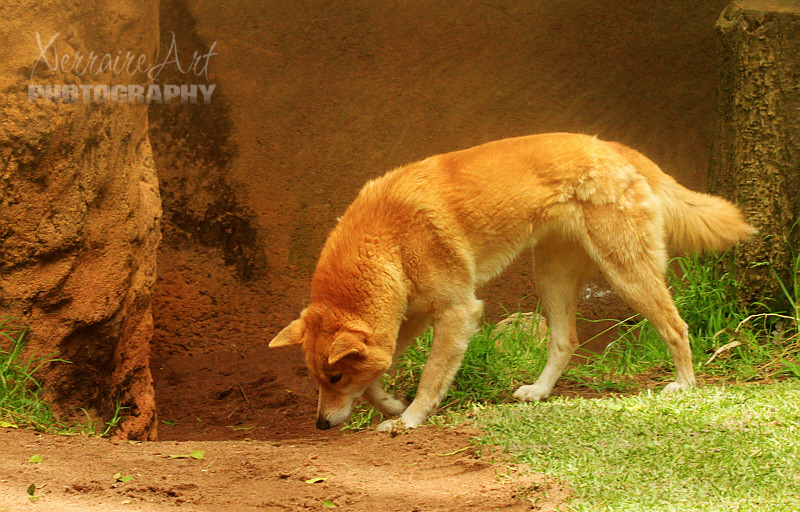
We ducked under an overhang while it rained some more, but that was good as we were right by the Dingoes.
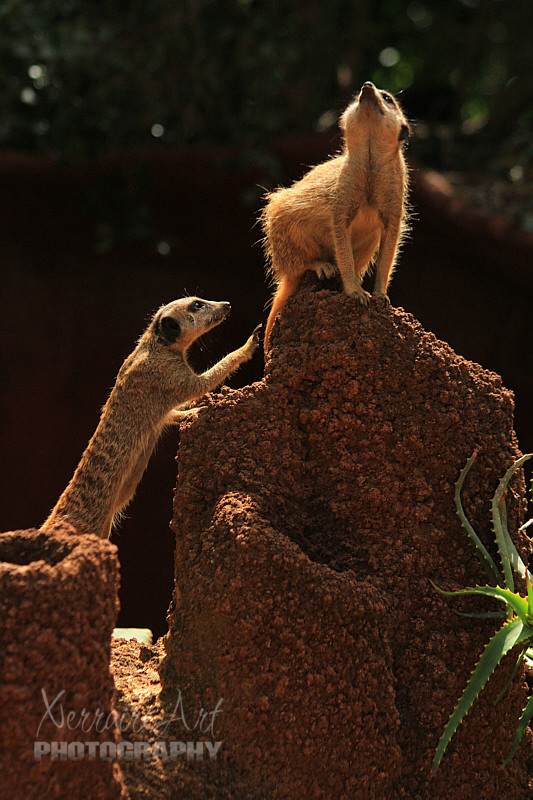
Slender-tailed Meerkat (Suricata suricatta), In Africa, meerkats are kept as pets and used to keep the mice population down, especially on farms.


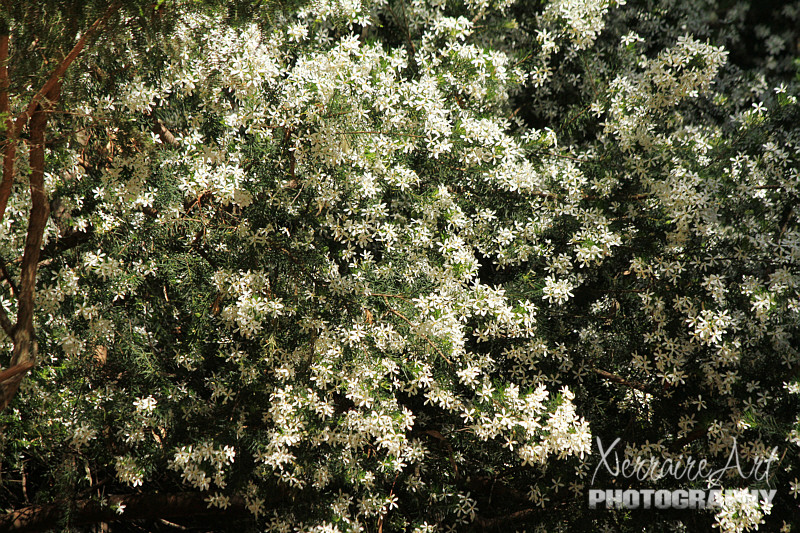

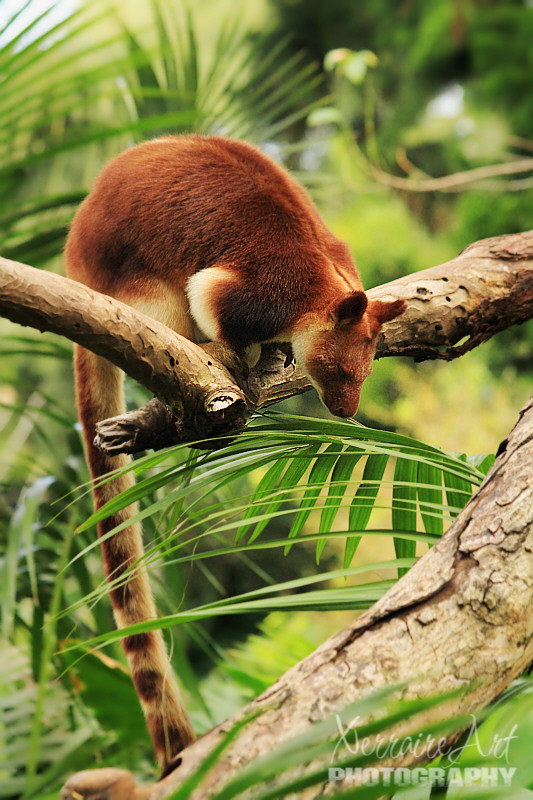
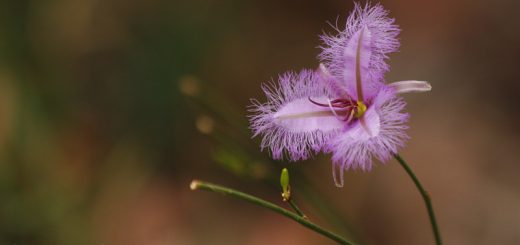









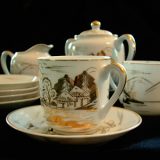




What I found odd at the zoo, at the numbat house, the people from Project numbat, none were Australian!
Then there was you from the USA and me, originally from England, where were all the Aussies??